This piece was provided by CODO Design, a food and beverage branding firm, and authors of Craft Beer, Rebranded. This book (and companion workbook) is a step-by-step guide to help you map out a successful strategy for rebranding your brewery. Join 5,500+ other brewing industry folks on the Beer Branding Trends newsletter to receive monthly field notes covering trends, currents and actionable advice from the front lines of beer branding.
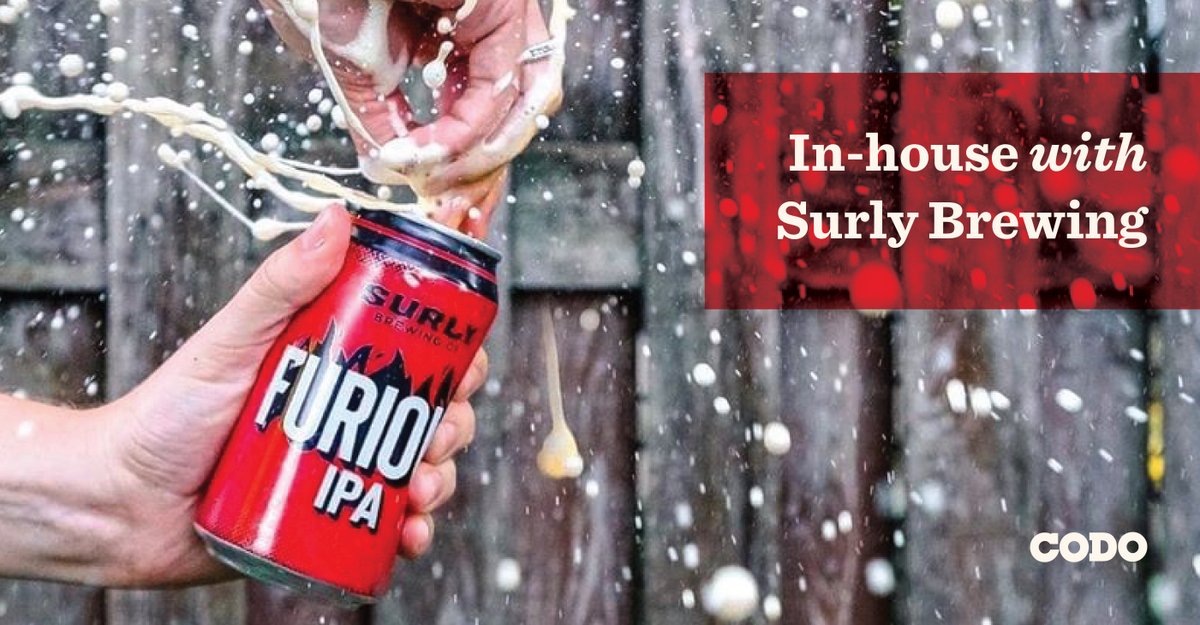
Minnesota’s Surly Brewing is one of the largest craft breweries in the United States. Their growth has been driven by a few fantastic flagship brands, Darkness (a hype-worthy limited release stout) and iconic, brash branding. We sat down with Bill Manley, VP of marketing and brand at Surly Brewing Co., to discuss the day-to-day runnings of their branding and packaging. We got to dive into a few topics that smaller breweries might find valuable, including using variety packs to drive trial, the role of a small batch release program as offering a “point of view” for your brand and brand architecture in general and sub-brand development in particular.
Let’s dive in.
CODO: Hi, Bill. Please introduce yourself and tell us what you do at Surly Brewing.
Bill: Hi there, I’m Bill Manley and I’m the VP of marketing and brand at Surly Brewing Co. in Minneapolis, Minn.
Can you give us a rundown on Surly Brewing — founding date, annual production (bbls), distribution footprint, well-known beers, etc?
Surly was founded in 2006 by Omar Ansari, the son of immigrants, who started the brewery in the corner of his parents abrasives factory in Brooklyn Center, Minn. The brewery took off, and eventually replaced the abrasives factory as the family business. In 2014, Surly opened its destination brewery in Minneapolis which is the main production facility, and houses a large restaurant, event center, beer garden, pizza concept and festival concert venue.
Post-COVID, Surly’s annual production is about 78,000 barrels [bbls], and currently distributed to 14 states, although Minnesota makes up the lion’s share of the business at about 80 percent of the total volume. Well-known beers are Furious IPA [Surly’s flagship[ Axe Man IPA, Abrasive Double IPA and Darkness Russian Imperial Stout among others.
What does your creative team look like? How many folks, roles, etc?
Right now, our creative team is made up of three in-house designers. I act as the brand director and the de facto art director. We regularly work with outside artists on special projects, but the bulk of our design is generated in house.
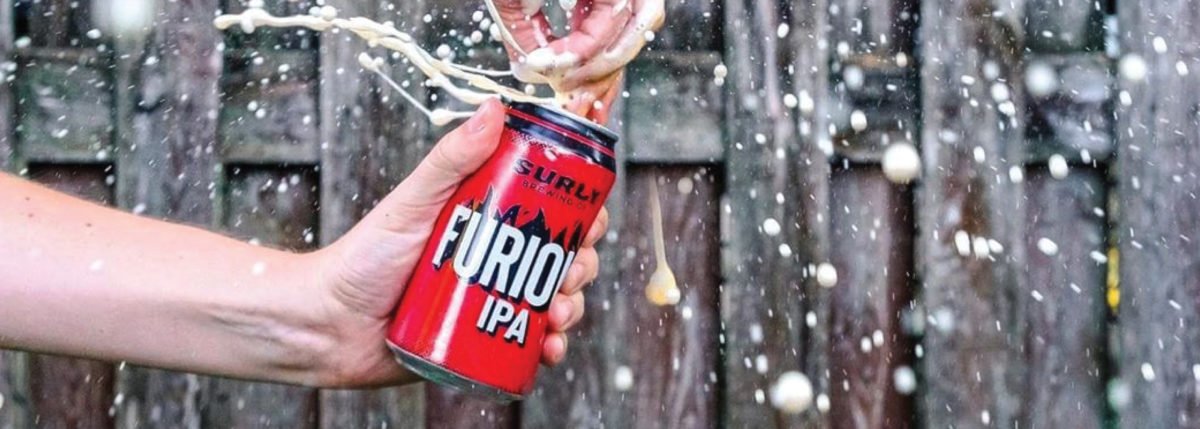
I’d like to dive into the BC Small Batch program for a bit. Can you give me a quick overview?
The BC Small Batch series is a rotating program of specialty beers released throughout the year. Named after our original Brooklyn Center brewery where the beers are still brewed. These beers are in a four-pack 16-oz format and feature experimental recipes, collaborations, and fun and creative beers that keep things exciting for the brewers, designers, sales team, and our consumers.
How many barrels do you produce through the BC Small Batch program per year? And how important is this program to your overall business? I know Surly is diversified with flagships and taprooms — does BC move serious beer for you or is it more of a thing to keep your community excited about Surly (and keep your brewery team creatively engaged)?
We release BC Small in an ad hoc [mostly] bi-monthly program and expect to do between 1,000 to 1,200 bbls of beer annually. A small portion of our overall production, but an important part of our portfolio. In terms of overall volume BC Small Batch is only a small part, but in terms of importance to the brewery and the brand, the small batch program is extremely important.
A few years back, we went through a comprehensive brand redesign. We systematized our major-market packages to block better on the shelf and to better inform our fans what they were getting, and to set the best expectations for the beer in the market.
The side effect of having a strong a systematized presence in the off-premise is that we lose some of the flexibility and nimbleness that our fan base is looking for. Having a product segment vehicle like the small batch series lets us stretch our legs a little outside of major market beer releases and allows us to take chances from both a beer development standpoint and a design perspective.
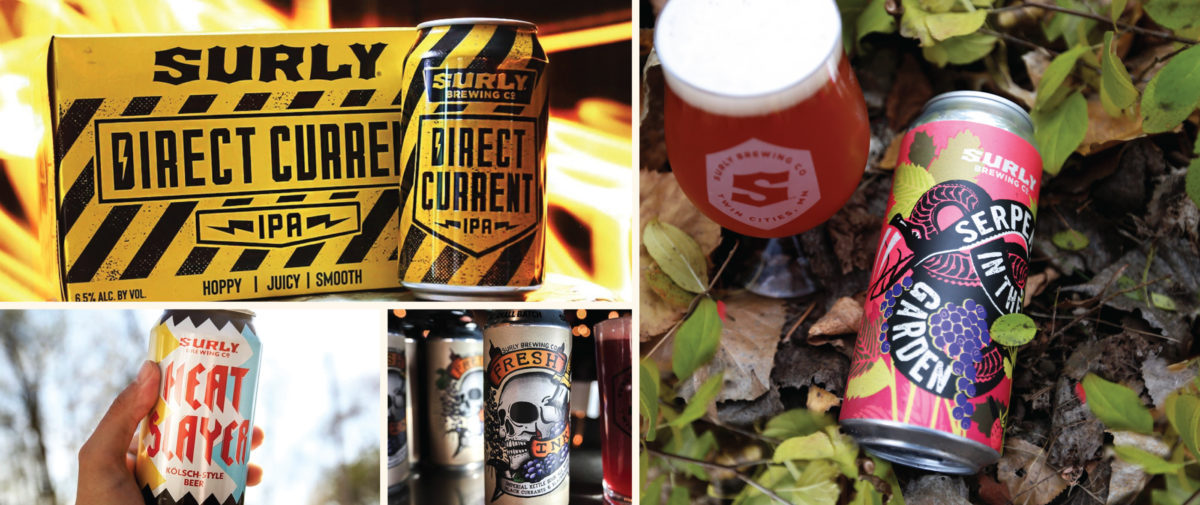
Do you think a brewery the size of Surly can survive on flagships alone our do you have to have a small batch / limited release program to stay relevant?
Yes, I think it is very important to have a creative outlet for beer and also to use the small batch platform to showcase a point of view for your brand. Right now, the craft beer market is in a tough place. The gulf between the largest craft brewers and the smaller players is wide and getting wider. Shelf space and cooler space are becoming harder and harder to maintain, and mainline wide-release products have to be stronger than ever to get buy-in from distributors and retailers and allow for fewer risks, from a branding an flavor perspective.
Additionally, here in Minnesota, we have some tough laws to work around. Surly is one of only five breweries in the entire country that can’t sell any to-go beer to our customers. We are prohibited from selling growlers and crowlers or any packaged beers directly to our fans. Because we don’t have the advantages of direct distribution or own-premise package sales, we have to find ways of getting small releases into the larger trade. The BC Small Batch program is our way of getting those smaller, more experimental beers out into the market.
I joke about finding the craft beer parallel with the movie business. Everybody wants to be both a critical darling and a box office success. For us, the small fun collaborations, and experimental beers we do as part of the BC Small Batch would never and could never be large, volume-driven releases, but they are important to keep our fans excited and fired up for the next beer in the series, which ultimately drives more eyes to the brand.
We’re seeing a major trend for legacy breweries to spin off best sellers into fully-fledged sub brands, complete with line extensions, merch and even more of a lifestyle brand positioning — think New Belgium’s Voodoo Ranger, Sierra Nevada’s Little Thing line or Stone’s Arrogant Bastard line. Is this strategy on the table for any of Surly’s brands (maybe the Supreme line)?
You nailed it. Ever since we launched Grapefruit Supreme, our easy-drinking low ABV grapefruit tart ale in the Summer of 2019, that brand has been a major success for us. This past year we launched a Supreme Variety Pack with several variations of low ABV fruited tart beers. Next year, we will debut a second Supreme Variety Pack focusing on tropical fruit variations of the brand. This past summer, the Supreme brand family climbed into our No. 2 product spot, and we’re hopeful we can maintain that success heading into next year.
We decided early on that we didn’t want to make a seltzer. The idea of hard seltzer felt off from a branding perspective, but it’s hard to deny that the flavor promise of those drinks is appealing to people. We thought, okay, if not seltzer then what can we do that appeals to those flavors, but still feels right for the brand?
The result was the Supreme line. Essentially, they are low-abv Berliner Weisse-style beers with tradition and heritage that we amped up with fruit additions. They are light, crisp, and easy to drink but still have a sense of place in our portfolio. We called them Supreme — which was originally meant to be a play on the citrus Supreme cutting technique — but the Supreme idea gave them a little bit of swagger which felt more naturally Surly from a brand execution standpoint.
Read the rest of this post over on CODO’s site: https://cododesign.com/in-house-with-surly-brewing/
Join CODO’s Beer Branding Trends newsletter for monthly field notes covering trends, currents and actionable advice from the front lines of beer branding.

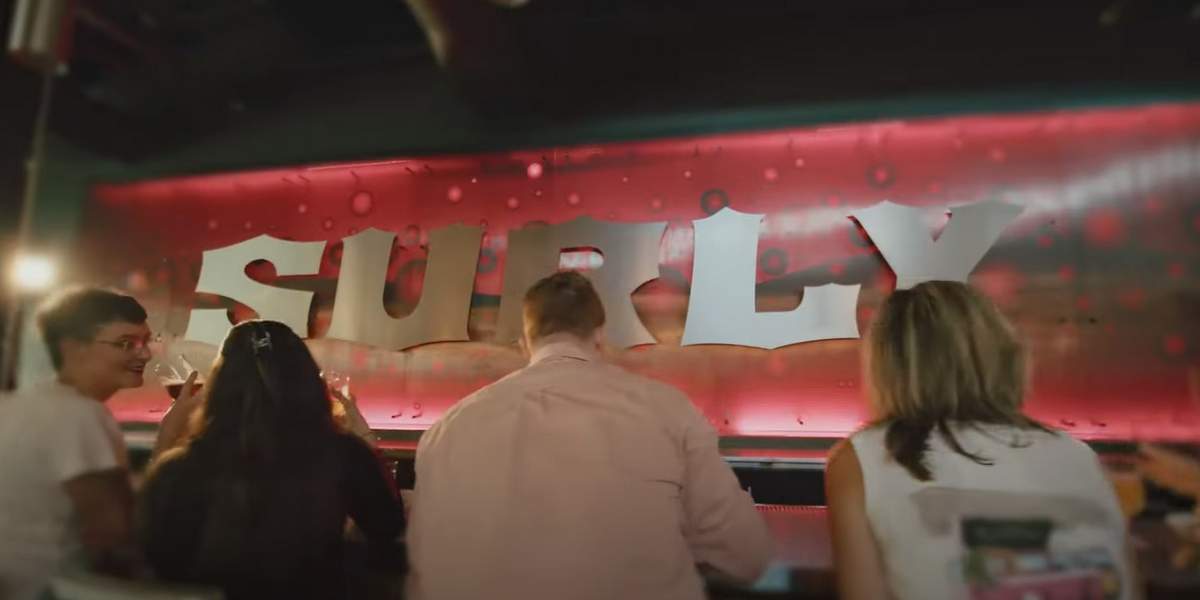
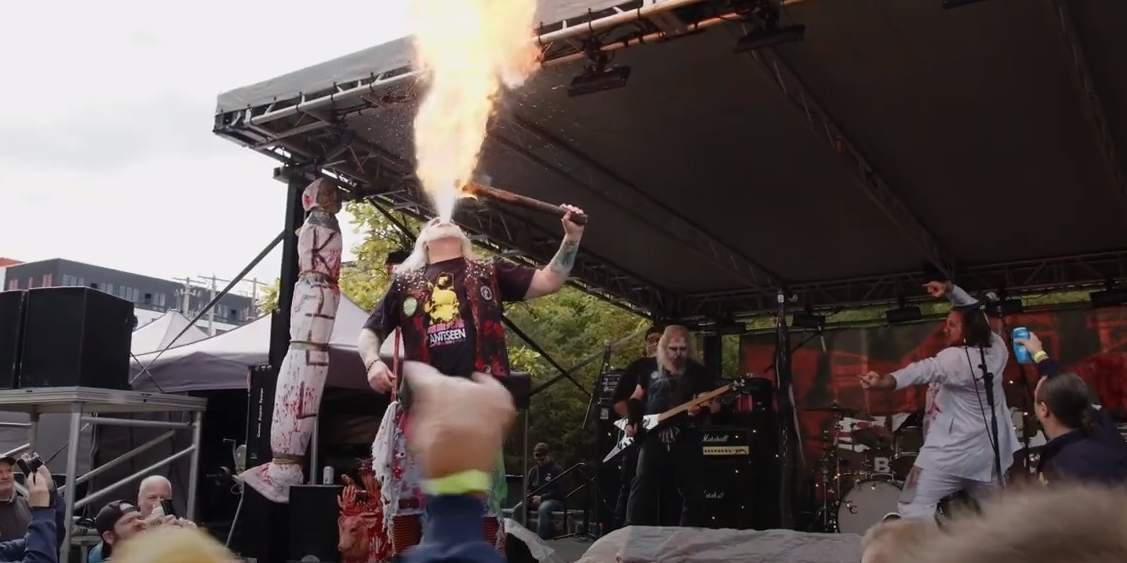
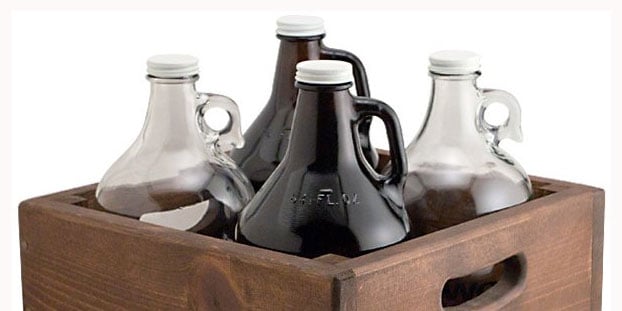
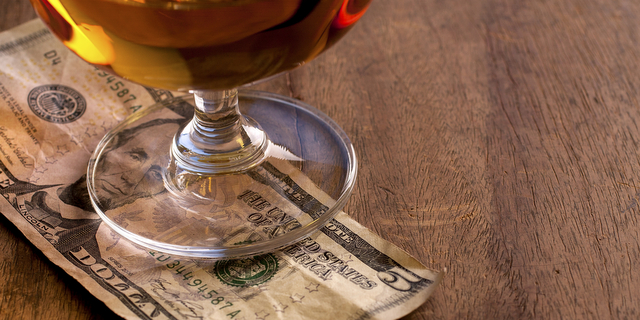
Leave a Reply
You must be logged in to post a comment.